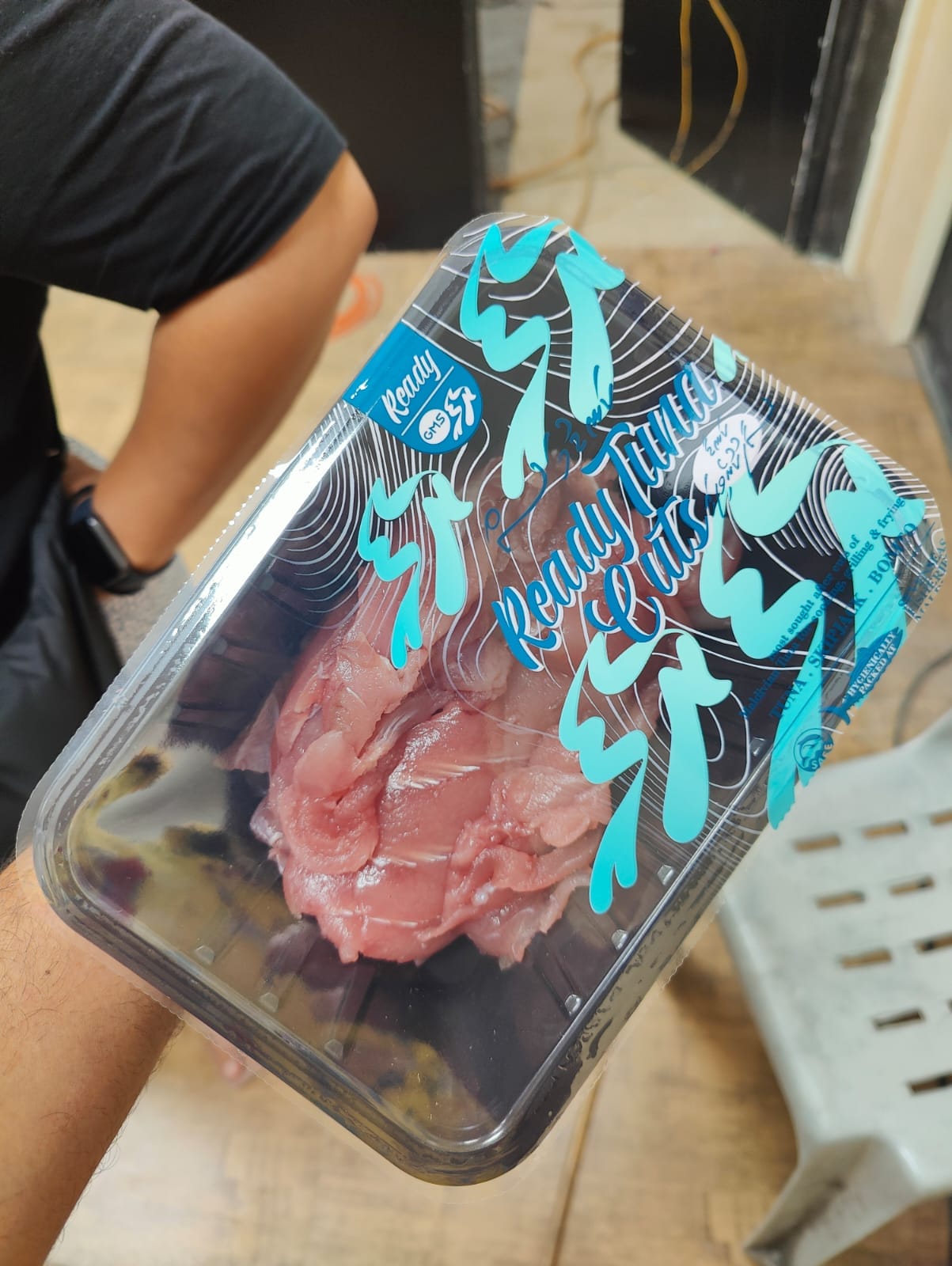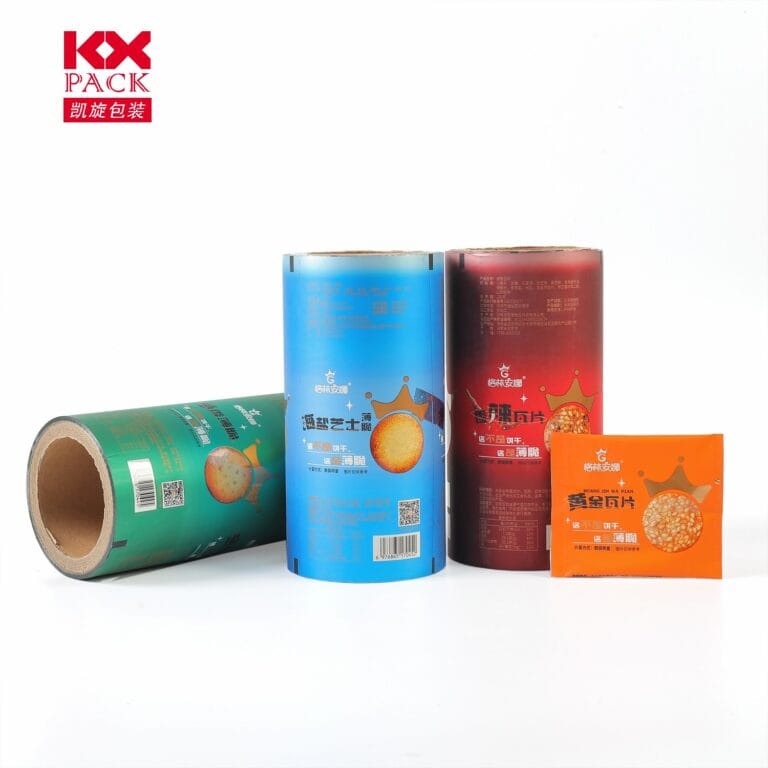The Evolution and Impact of Flexible Films Packaging: A Sustainable Revolution(6)
لچکدار فلمیں
In an era where sustainability, سہولت, and innovation drive packaging solutions, flexible films packaging has emerged as a cornerstone of modern industry. From food and pharmaceuticals to consumer electronics, these adaptable materials are reshaping how products are protected, نقل و حمل, اور پیش کیا. Let’s explore the dynamics, رجحانات, and future potential of this dynamic sector.
What Are Flexible Films Packaging?
Flexible films packaging refers to lightweight, non-rigid materials used to encase products. Unlike traditional rigid containers, these films—often composed of polymers like polyethylene (PE), پولی پروپیلین (پی پی), or multi-layer composites—conform to the shape of their contents, minimizing waste and optimizing space.
Key characteristics include:
- Lightweight & پائیدار: Reduces shipping costs and carbon footprints.
- رکاوٹ کی خصوصیات: Protects against moisture, آکسیجن, اور روشنی, شیلف زندگی میں توسیع.
- Customizability: Printable, sealable, and adaptable to diverse formats (pouches, بستے, wraps).
مارکیٹ میں نمو & Key Drivers
The global flexible packaging market was valued atUSD 210.62 billion in 2023 and is projected to reachUSD 238.91 ارب کے ذریعہ 2029, growing at a CAGR of2.12%. Key drivers include:
- Shift from Rigid to Flexible Solutions: Brands prioritize cost-efficiency and sustainability, favoring flexible films over heavier, less eco-friendly alternatives.
- E-commerce Boom: Online retail demands lightweight, damage-resistant packaging for safe deliveries.
- صحت کی دیکھ بھال & Food Demand: Pharmaceuticals and perishable goods require sterile, airtight packaging, fueling innovation in high-barrier films.
Innovations in Material Science
Recent advancements in flexible film technology focus onsustainability and performance:
- Mono-Material Structures: کمپنیاں پسند کرتی ہیں Huhtamaki are pioneering single-polymer films (جیسے, PE or PP) to simplify recycling.
- بائیوڈیگریڈیبل فلمیں: Made from renewable resources (جیسے, pla), these reduce plastic waste.
- High-Barrier Coatings: Advanced polymers like پولی وینالیڈین کلورائد (پی وی ڈی سی) or ethylene vinyl alcohol (EVOH) enhance shelf life without compromising recyclability.
Regional Dynamics
Asia-Pacific dominates the market, accounting for58% of global volume in 2023, driven by:
- Rapid Urbanization: Rising middle-class populations in China and India boost demand for packaged goods.
- E-commerce Expansion: Online shopping platforms like Alibaba and Flipkart rely on flexible films for efficient logistics.
- Regulatory Push: Governments mandate eco-friendly packaging, accelerating adoption of recyclable/compostable films.
چیلنجز & Future Outlook
Despite growth, the sector faces hurdles:
- Recycling Complexity: Multi-layer films are hard to separate, complicating circular economy efforts.
- Raw Material Volatility: Fluctuating polymer prices impact margins.
البتہ, the future looks promising:
- اسمارٹ پیکیجنگ: Films embedded with sensors for freshness tracking or anti-counterfeiting.
- Circular Design: Modular, reusable packaging systems that minimize waste.
- Collaborative Innovation: Partnerships between material scientists, brands, and recyclers to close the loop.
نتیجہ
Flexible films packaging is more than a convenience—it’s a strategic imperative for a sustainable future. As brands and consumers demand smarter, greener solutions, this sector will continue to evolve, blending cutting-edge science with practical design. The road ahead? A balance of innovation, responsibility, and adaptability to meet the needs of a changing world.
Stay tuned for more insights on packaging trends—where science meets sustainability! 🌍📦✨
Sources: QYResearch, MarketsandMarkets, GlobeNewswire, Packaging World






